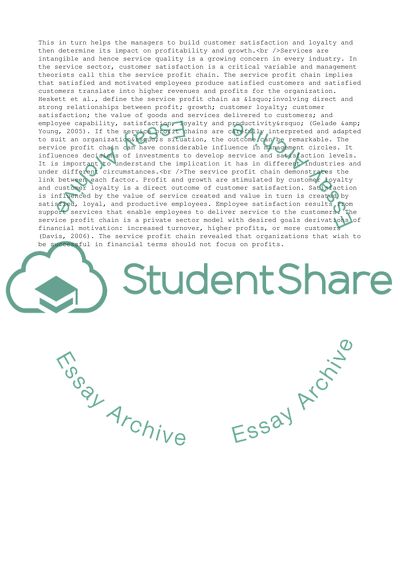Cite this document
(Influence of Hesketts Service Profit Chain Essay - 1, n.d.)
Influence of Hesketts Service Profit Chain Essay - 1. https://studentshare.org/management/1714939-what-are-the-implications-of-hesketts-service-profit-chain-for-the-practice-of-service-management
Influence of Hesketts Service Profit Chain Essay - 1. https://studentshare.org/management/1714939-what-are-the-implications-of-hesketts-service-profit-chain-for-the-practice-of-service-management
(Influence of Hesketts Service Profit Chain Essay - 1)
Influence of Hesketts Service Profit Chain Essay - 1. https://studentshare.org/management/1714939-what-are-the-implications-of-hesketts-service-profit-chain-for-the-practice-of-service-management.
Influence of Hesketts Service Profit Chain Essay - 1. https://studentshare.org/management/1714939-what-are-the-implications-of-hesketts-service-profit-chain-for-the-practice-of-service-management.
“Influence of Hesketts Service Profit Chain Essay - 1”. https://studentshare.org/management/1714939-what-are-the-implications-of-hesketts-service-profit-chain-for-the-practice-of-service-management.


